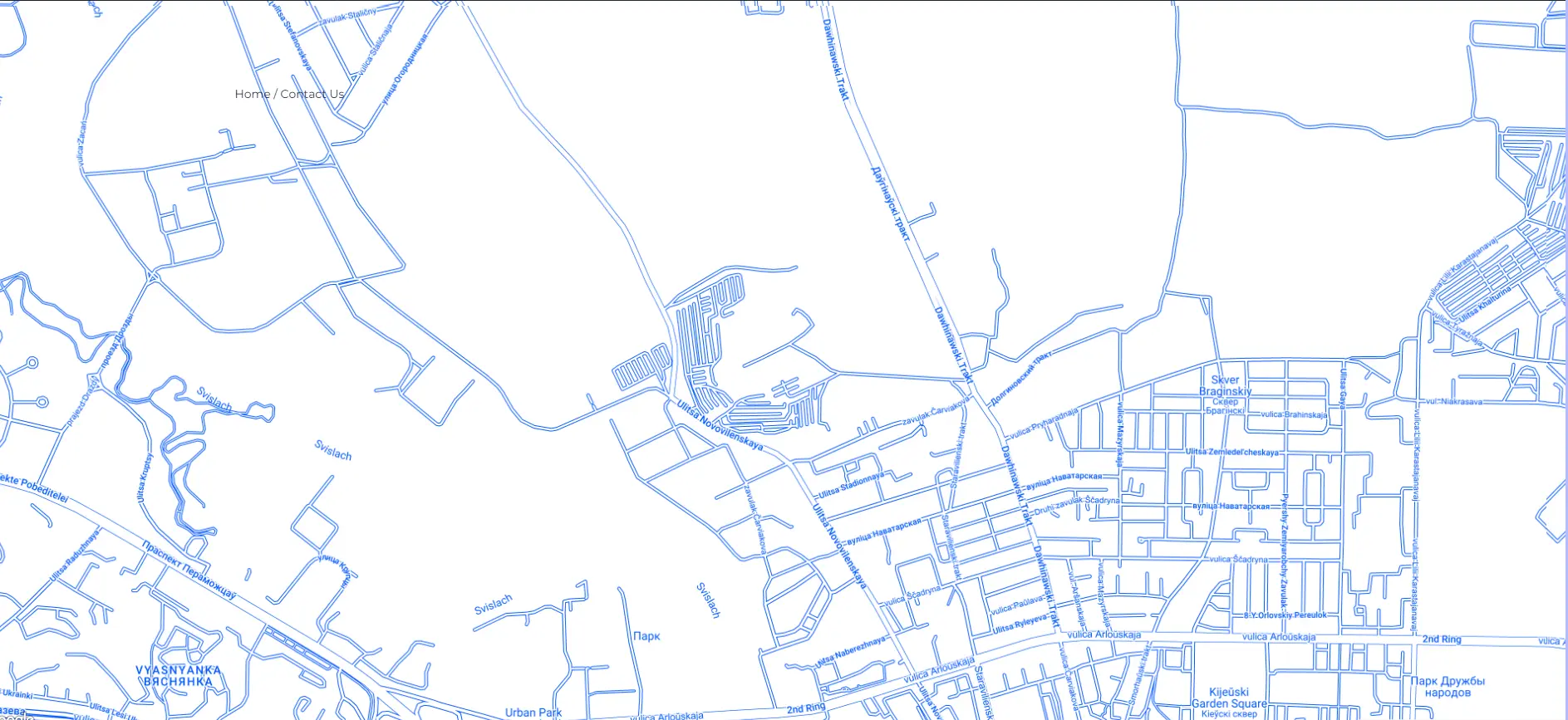In today’s business world, protecting confidential information and trade secrets is becoming increasingly important for companies and entrepreneurs. Non-Disclosure Agreements (NDAs) are widely used for this purpose. These agreements help safeguard businesses from the misuse of shared information and protect innovations, trade secrets, financial data, and other sensitive content.
An NDA plays a critical role during negotiations, when signing contracts with partners, investors, or contractors, and in the joint development of products and technologies. However, many business owners underestimate the importance of properly drafting an NDA, which often leads to data leaks and subsequent legal disputes.
In this article, we explain what an NDA is, what it’s designed to achieve, which legal aspects to consider when drafting one, and the most common mistakes companies make. This will help you not only use NDAs effectively but also protect your business from potential risks.
Key Elements of a Non-Disclosure Agreement
Parties to the Agreement
The parties to an NDA can be either individuals or legal entities. Typically, one party is the disclosing party, and the other is the receiving party obligated not to share the confidential information. It’s essential to clearly identify all parties involved to avoid misunderstandings and ensure the legal validity of the agreement.
Definition of Confidential Information
This section should clearly define what constitutes confidential information. This may include, but is not limited to, business plans, financial data, client lists, technological developments, and any other data deemed sensitive by the parties. The more specific and detailed this section is, the easier it will be to enforce the NDA and prove any breaches.
Obligations of the Parties
The agreement should explicitly outline the parties’ obligations, including the duty not to disclose information to third parties, restrictions on use (only for agreed purposes), and protective measures (e.g., secure storage). It should also define what constitutes a breach and the consequences of such a violation.
Term of the Agreement
The term specifies how long the information must remain confidential. This may be a fixed or indefinite period. While most NDAs last between 1 and 5 years, confidentiality obligations can extend beyond the expiration of the agreement. It’s important to state how long the information must be kept confidential after the agreement ends to prevent potential leaks.
Types of NDAs
1. Unilateral NDAs
Unilateral NDAs are used when only one party discloses confidential information to the other, who is obliged to keep it secret. This is common when a company shares its technologies, business plans, or customer databases with potential partners or contractors. These agreements usually include strict terms limiting the use and disclosure of the information to protect the disclosing party’s interests.
2. Mutual NDAs
Mutual (or bilateral) NDAs are used when both parties share confidential information. This is common in partnerships, joint ventures, or merger discussions. Both parties agree not to disclose the information they receive and to use it only under the agreed terms.
3. Multilateral NDAs
Multilateral NDAs involve three or more parties. These are necessary when multiple participants are working together on a project or initiative, and each party may disclose confidential information to the others. Such agreements help create a uniform confidentiality framework and reduce the risk of leaks among all participants.
Legal Aspects of NDAs
The legal regulation of NDAs varies by country and jurisdiction. Their main principles may be defined by civil codes or specific information protection laws. NDAs must comply with local regulations, including laws governing intellectual property and confidentiality, to avoid legal issues.
Use of NDAs Across Jurisdictions
The application of NDAs can differ based on legal systems and business culture. In some countries, NDAs have a wide range of applications, while in others, their use may be limited to specific industries. Some jurisdictions provide broader protection of confidential information or grant parties additional rights, which can impact the terms of the NDA.
Conditions That May Invalidate an NDA
There are several conditions that may render an NDA unenforceable:
1. Illegal Content – The agreement must not contradict laws or public policy.
2. Lack of Mutual Consent -The NDA must be signed by both parties voluntarily.
3. Ambiguous Language – Vague or unclear terms may make the agreement invalid.
4. Excessive Duration – Unreasonably long confidentiality periods can be challenged.
5. Non-compliance with Formal Requirements – If the NDA fails to meet legal formatting or registration standards, it may be deemed void.
When to Sign an NDA
Drafting an NDA is essential whenever you need to share confidential information with third parties. Businesses should sign an NDA in the following scenarios:
1. Product Development – When launching new products or technologies, ensure that technical or financial data remains protected.
2. Hiring Employees – Employees often have access to confidential data, so it’s important to prevent disclosure during and after employment.
3. Negotiations with Partners – When discussing potential deals or partnerships, the shared information must be legally protected.
Consequences of Breaching an NDA
Violating the terms of an NDA can lead to serious legal and financial consequences. The specific repercussions depend on the agreement, the nature of the disclosed information, and the applicable laws. Legal remedies for a breach may include:
- Court orders to prevent further disclosure
- Financial compensation for damages
- Enforcement of contractual obligations
Beyond legal consequences, a breach can damage trust between the parties and harm future business relations. It may also lead to reputational harm and hinder the company’s ability to build new partnerships. In extreme cases, criminal charges may be filed.
It’s important to remember that the consequences may extend beyond the parties directly involved. For example, if trade secrets are exposed, the owner may suffer financial losses and lose competitive advantages. To minimize such risks, always review NDAs carefully before signing, consult a legal expert if needed, and pay special attention to how your confidential information is protected.
Legal Review of IT Contracts
Professional drafting and legal review of IT contracts in Belarus with full expert legal support!
Risks of Signing an NDA
Signing a Non-Disclosure Agreement (NDA) may seem like a routine step in the business world, but it comes with several potential risks that should not be overlooked. Here are some of the key concerns:
1. Restrictions on Information Use
An NDA may include strict terms governing how the disclosed information can be used. This can limit your ability to conduct research, develop new products, or carry out business operations—especially if the information is critical to your activities.
2. Legal Consequences
Breaching the terms of an NDA can lead to lawsuits, financial losses, and time-consuming legal proceedings. It may also be difficult to prove that you did not violate the agreement, particularly if the language used in the contract is vague or ambiguous.
3. Interpretation Challenges
Some provisions of an NDA may be difficult to interpret or open to multiple meanings. If you do not fully understand the terms, you risk unintentionally violating the agreement, which can result in serious consequences.
4. Loss of Competitive Advantage
Disclosing confidential information—even under the protection of an NDA—can still pose risks to your business. If the other party breaches the agreement and shares the information with competitors, it may undermine your competitive position.
5. Reputational Damage
Even an unintentional breach of an NDA can harm your reputation. Losing the trust of business partners or clients can strain relationships and make it harder to attract new projects.
6.Future Limitations
By signing an NDA, you may find yourself unable to work with certain materials or on specific projects in the future. This can hinder innovation and business growth.
7. Fear of Losing Control
There’s a risk that the other party may not take adequate measures to protect your information, potentially resulting in leaks. If you’re uncertain about the reliability of your partner, this can cause ongoing concern.
8. Unrealistic Expectations
Some companies may believe that signing an NDA fully guarantees the protection of their information. However, that’s not always the case. Legal protection often depends on various factors, including evidence presented in court and how the agreement is interpreted.
To mitigate these risks, it’s essential to thoroughly review any NDA before signing. Ask questions about unclear terms and consult a legal professional if necessary. Make sure the agreement aligns with your interests and adequately protects your rights.
Conclusion
Non-Disclosure Agreements (NDAs) play a vital role in business. They protect confidential information and help establish trust between parties. However, when entering into such agreements, it is essential to understand the potential risks and consequences involved. Careful review of all NDA terms, their clear interpretation, and strict compliance with the agreement can help minimize future legal and operational issues.
If you have any questions regarding the drafting or enforcement of an NDA, or if you require legal support in resolving disputes related to such agreements, our legal team is ready to provide professional assistance. We can competently prepare all necessary documentation and effectively represent your interests in any NDA-related matters. Contact us for reliable and comprehensive legal support.
Contact us
If you have any questions related to non-disclosure agreements in Belarus, we will be happy to help! Our long-term experience will help you choose a lawyer to represent your interests.
- +37529142-27-19 (WhatsApp, Viber, Telegram);
- info@ambylegal.by.





